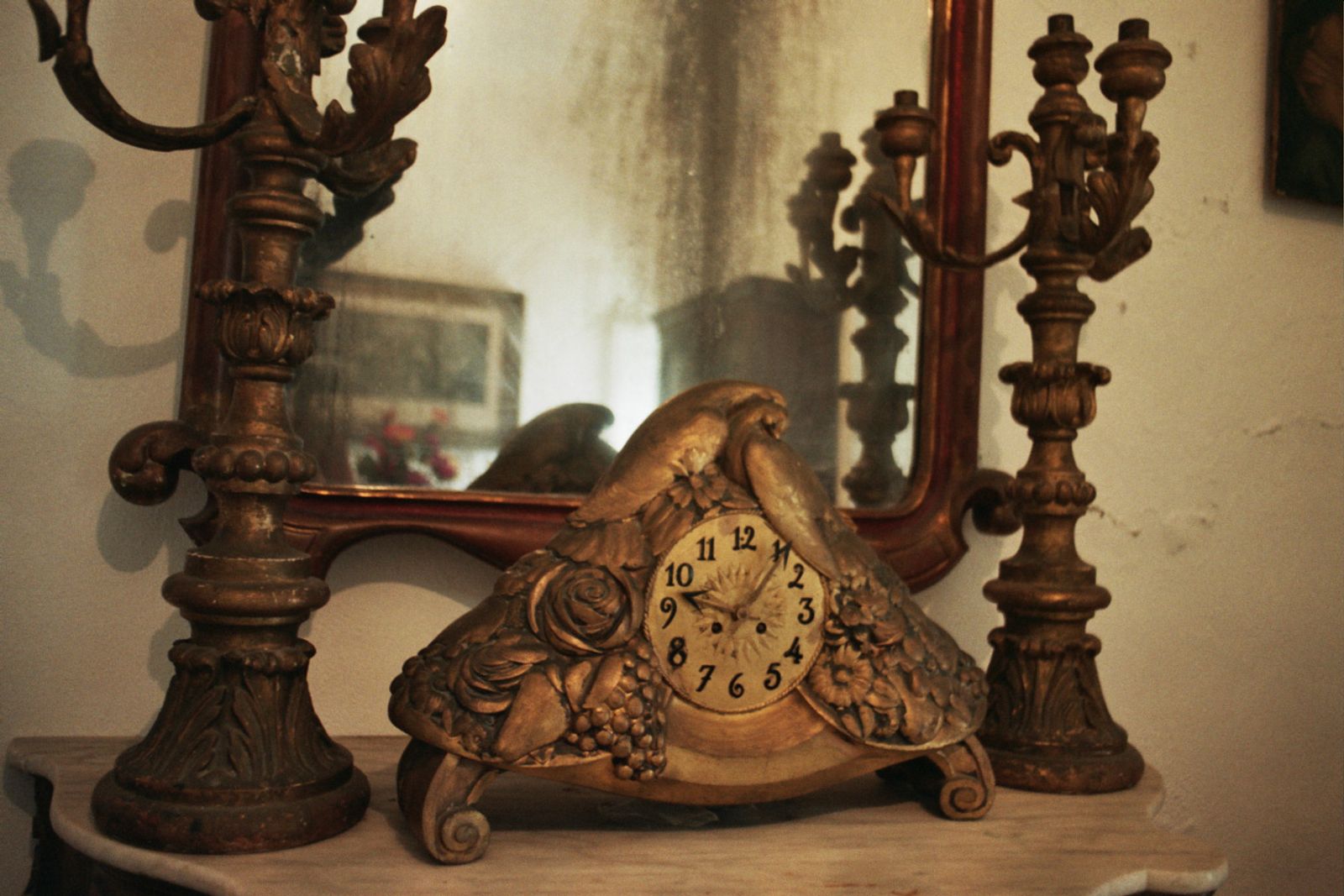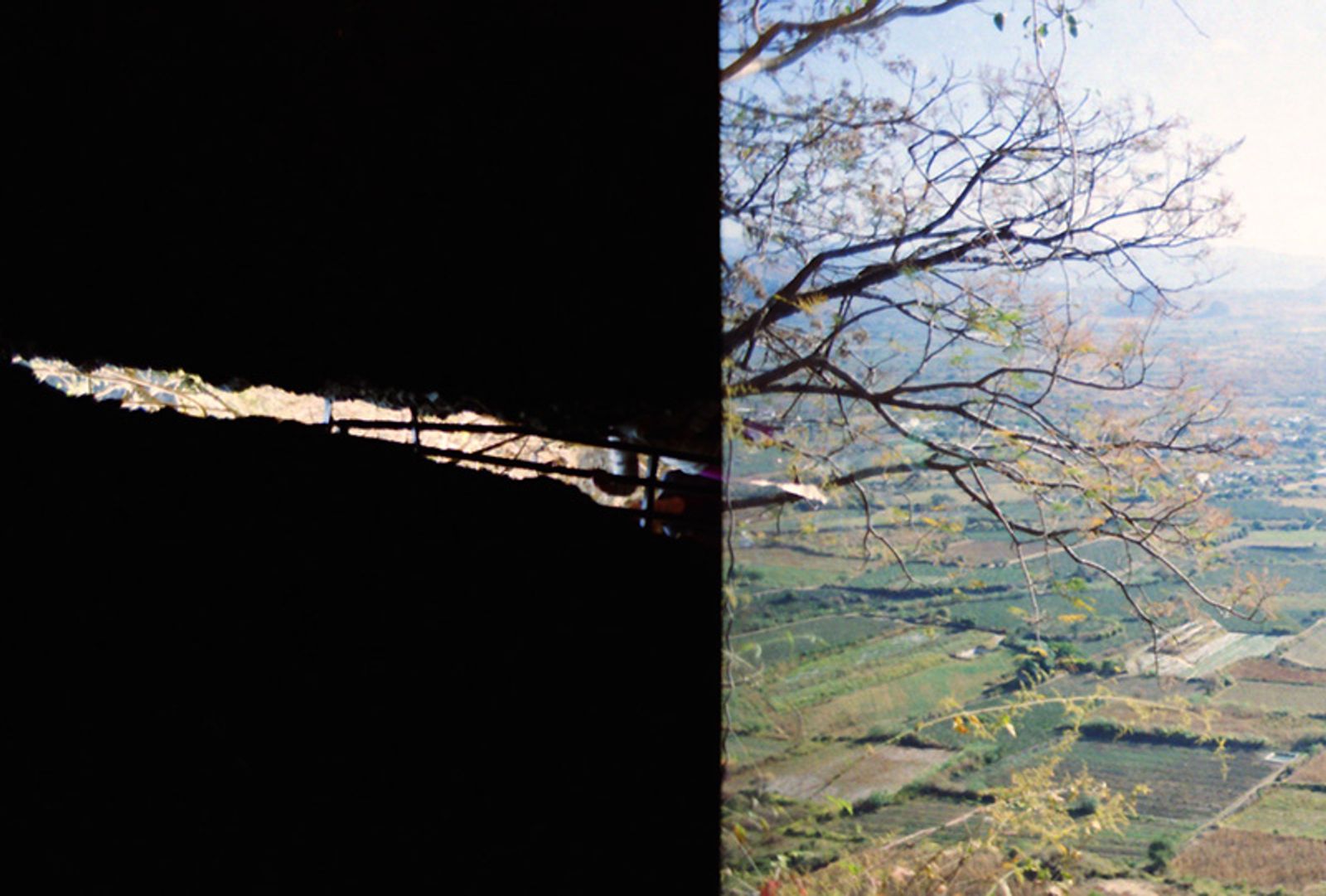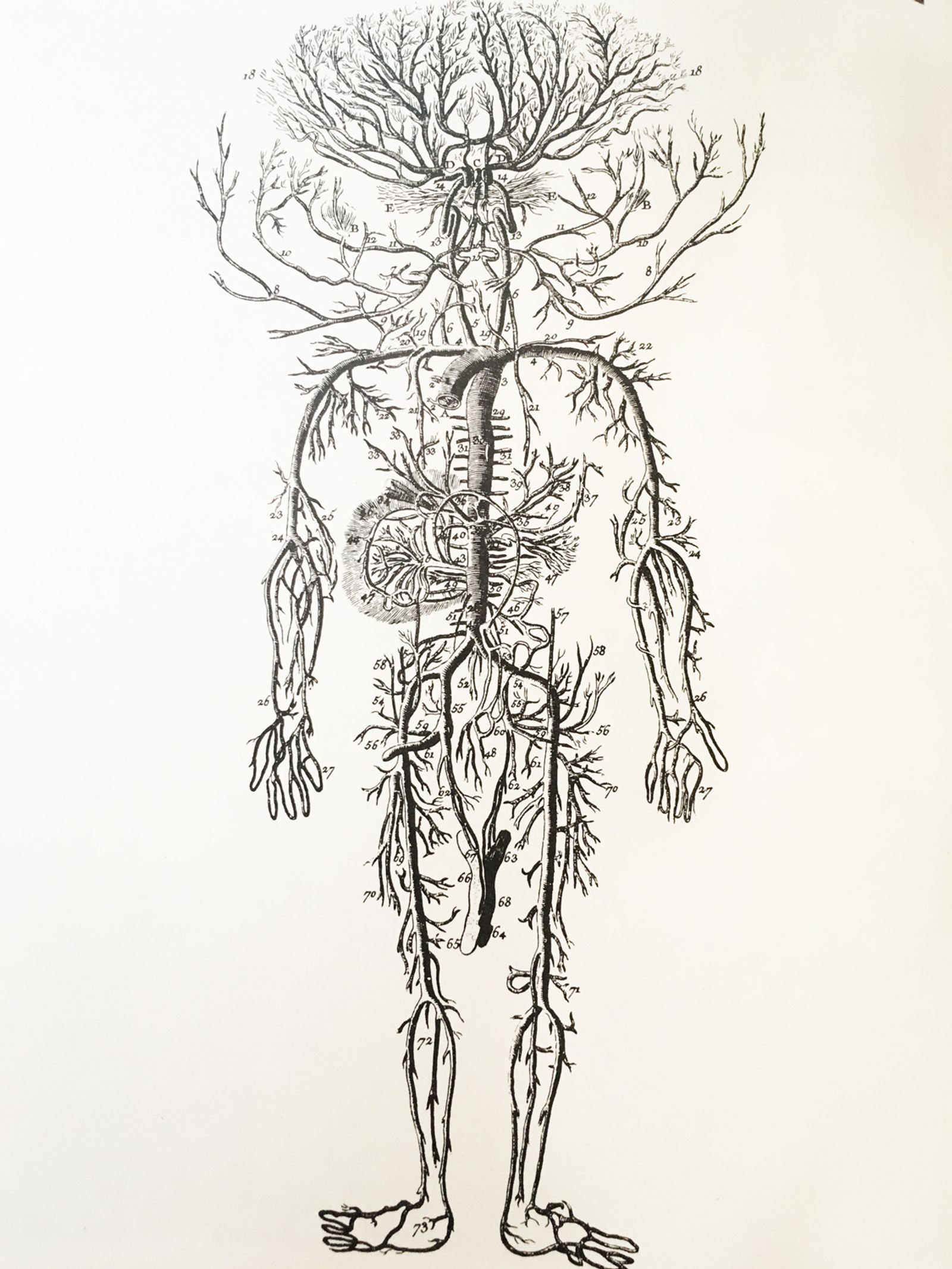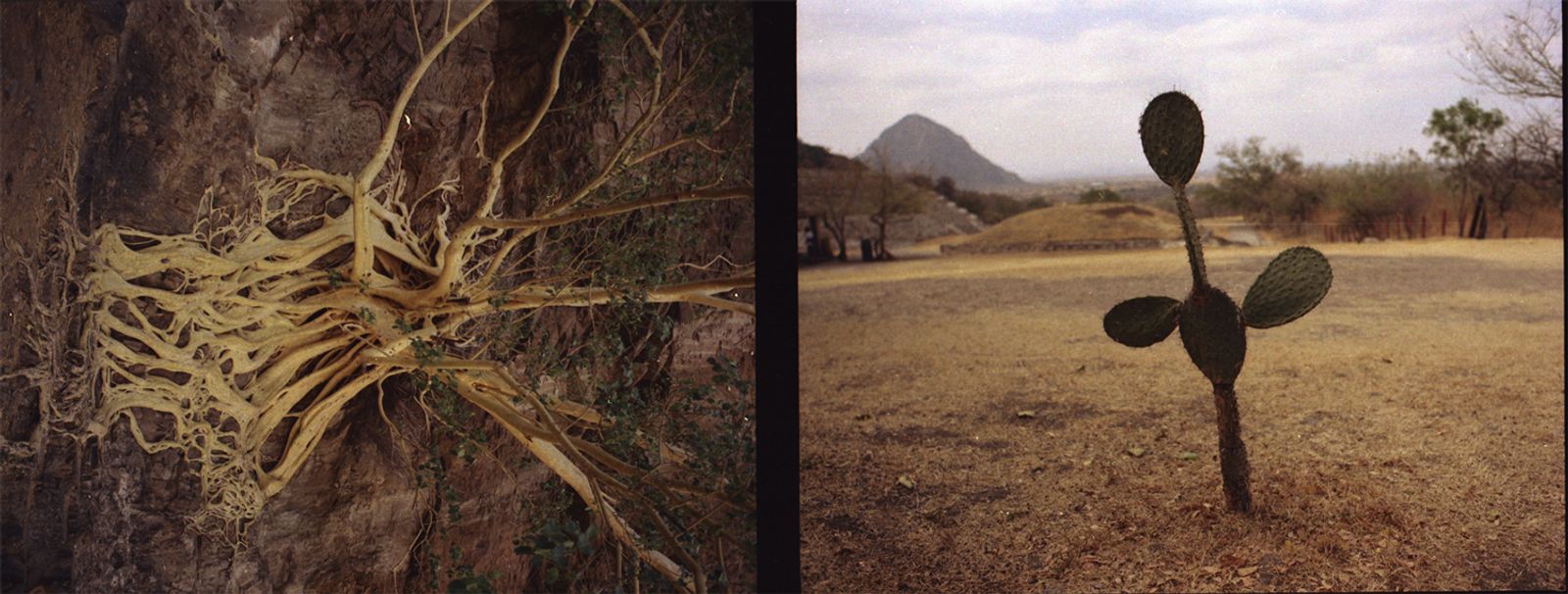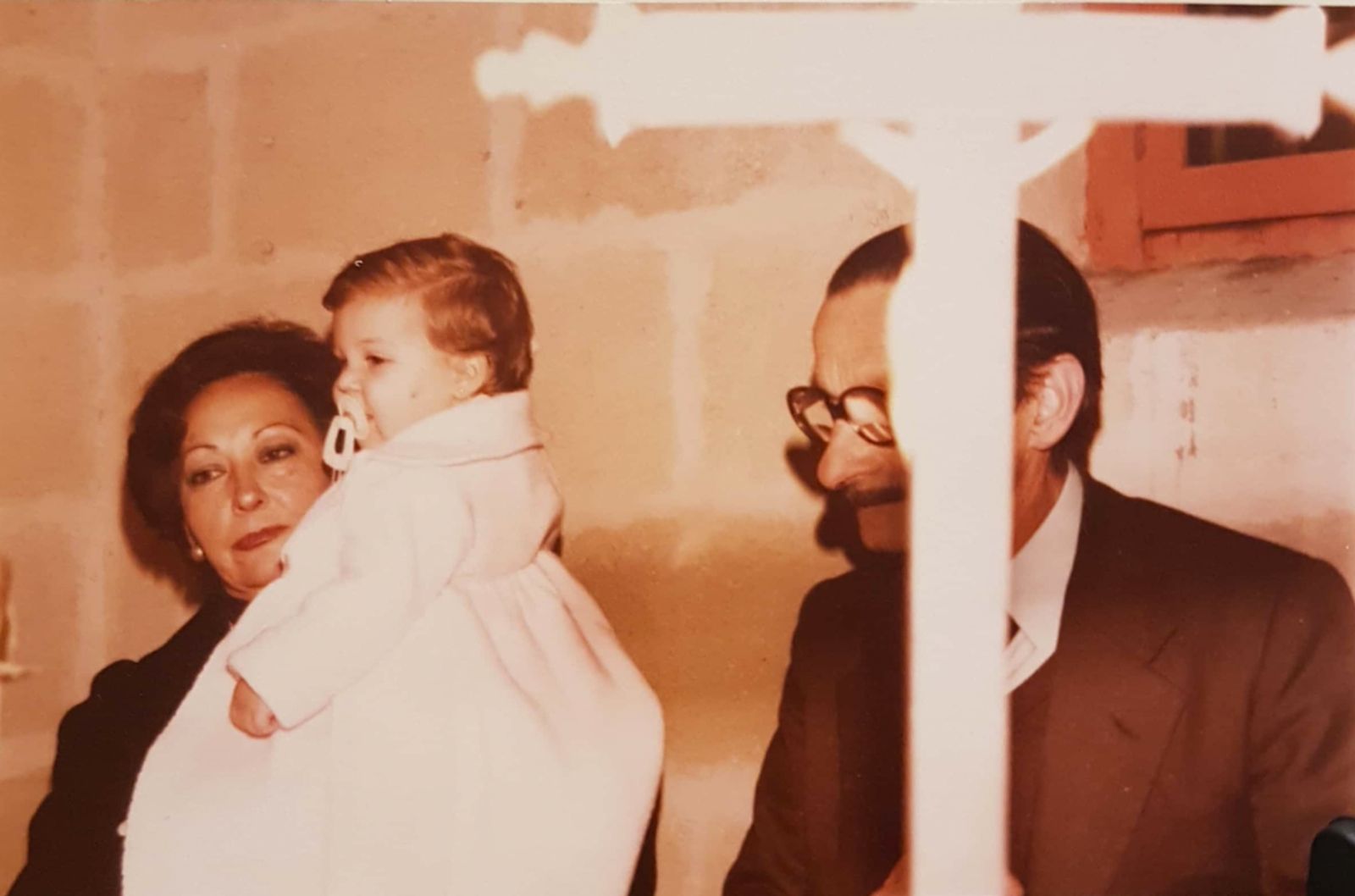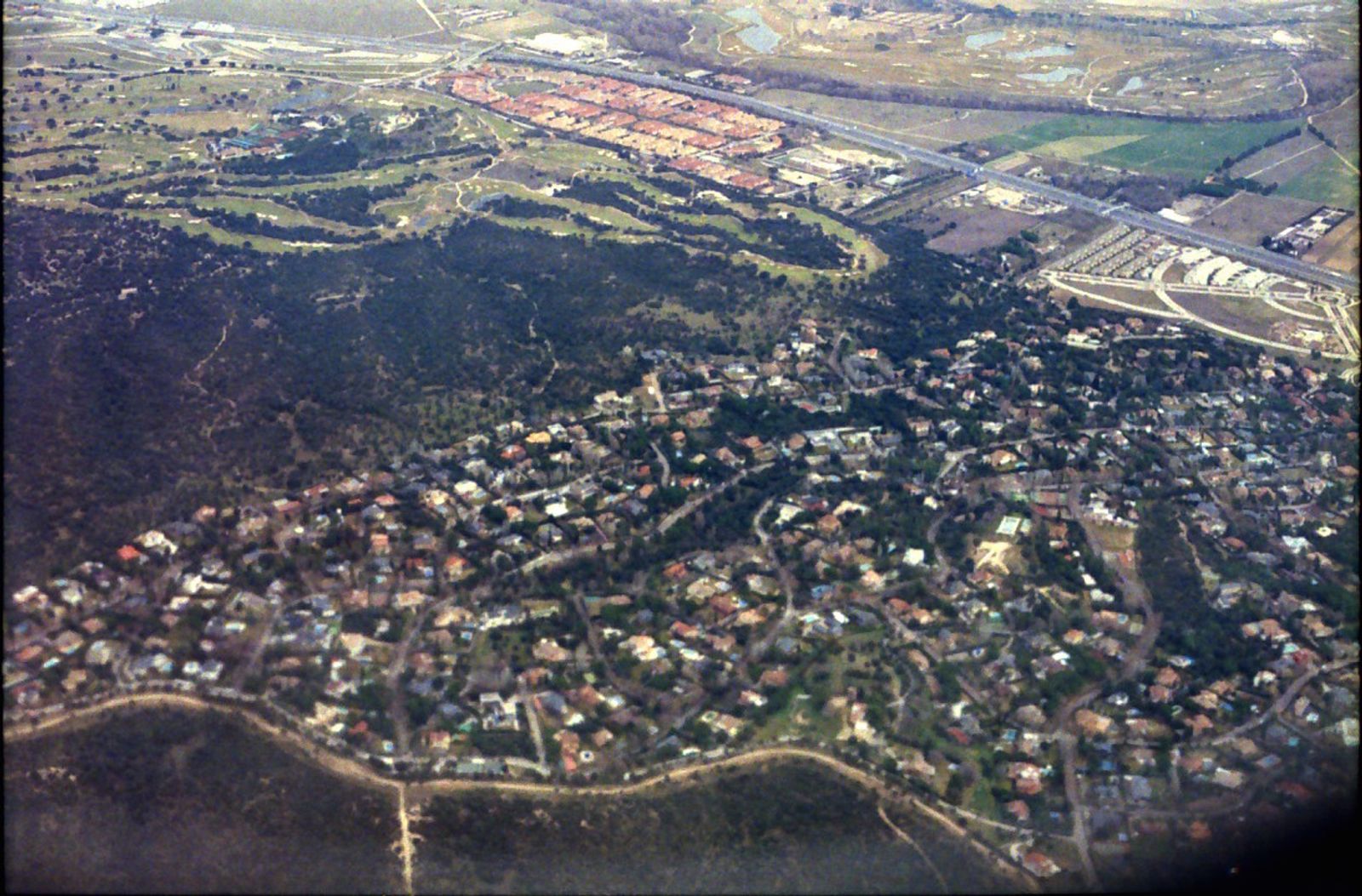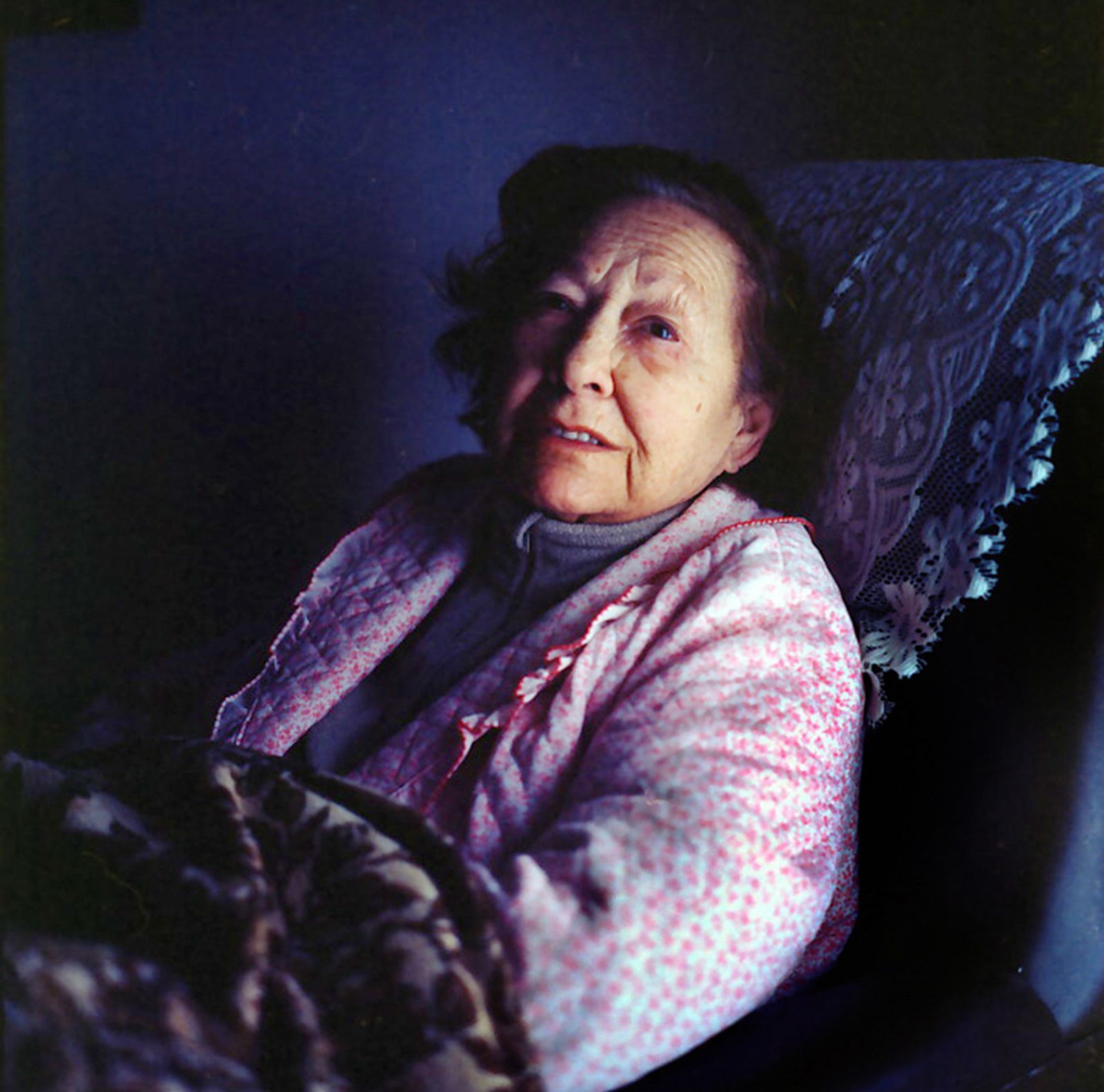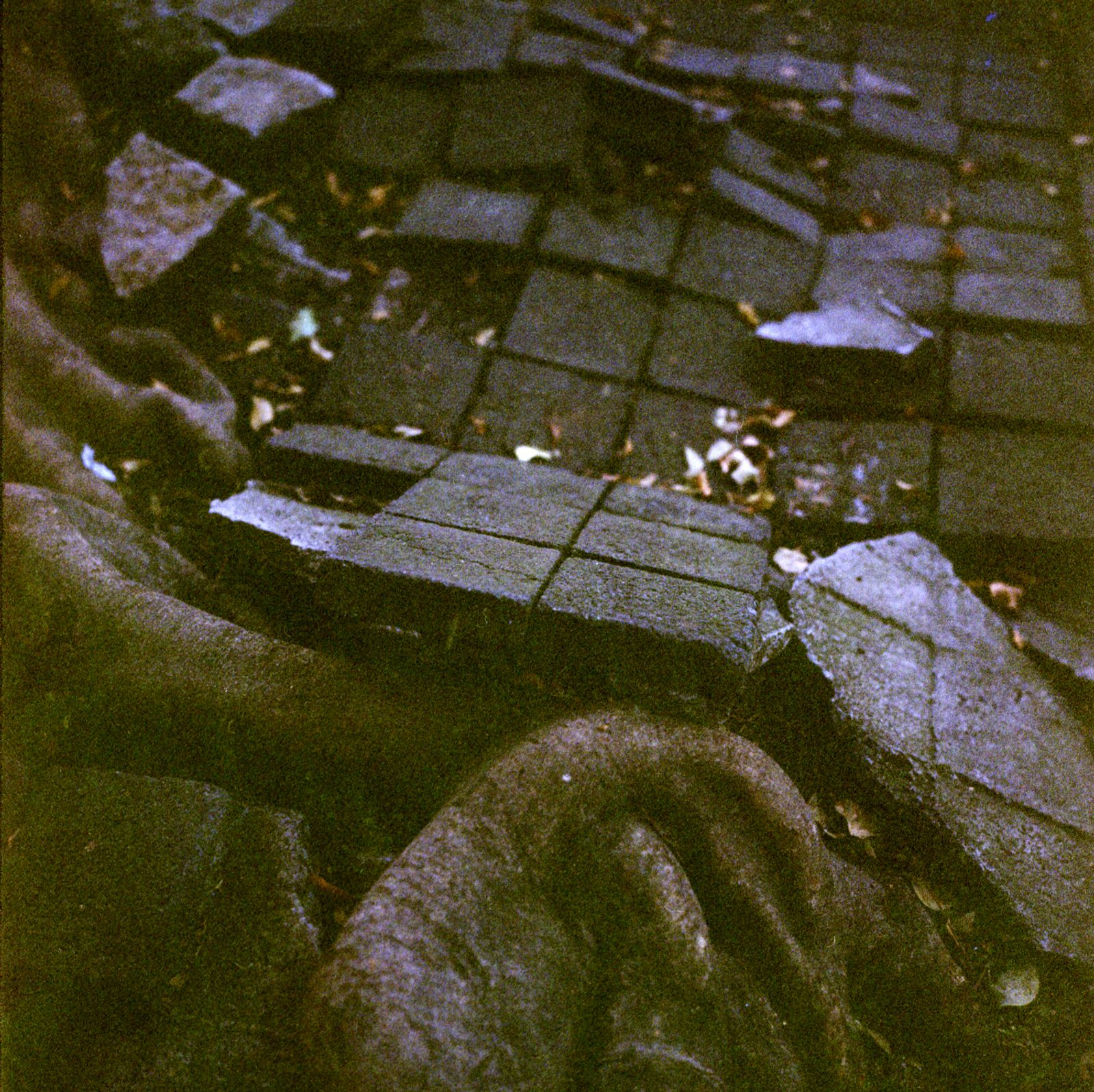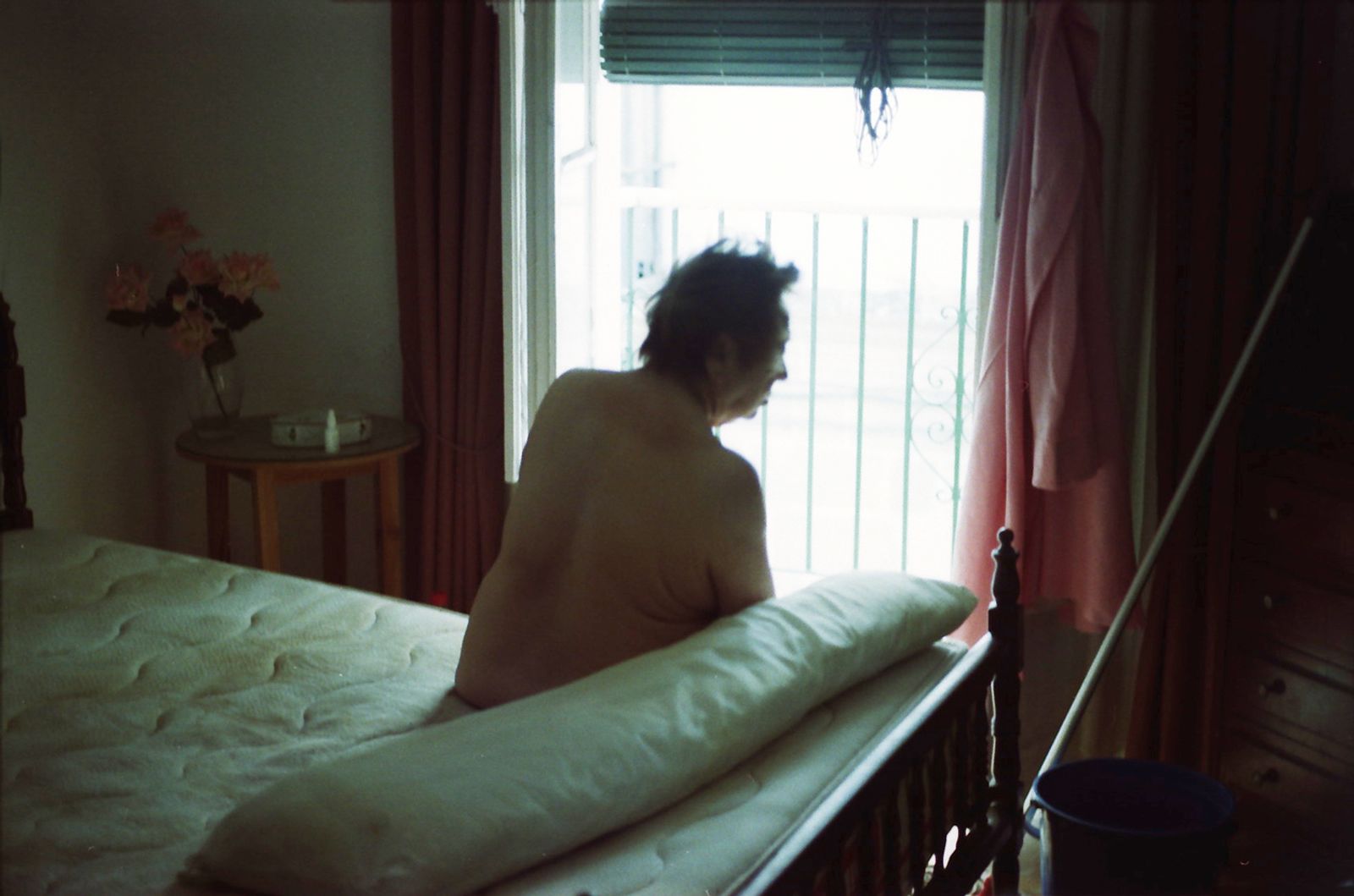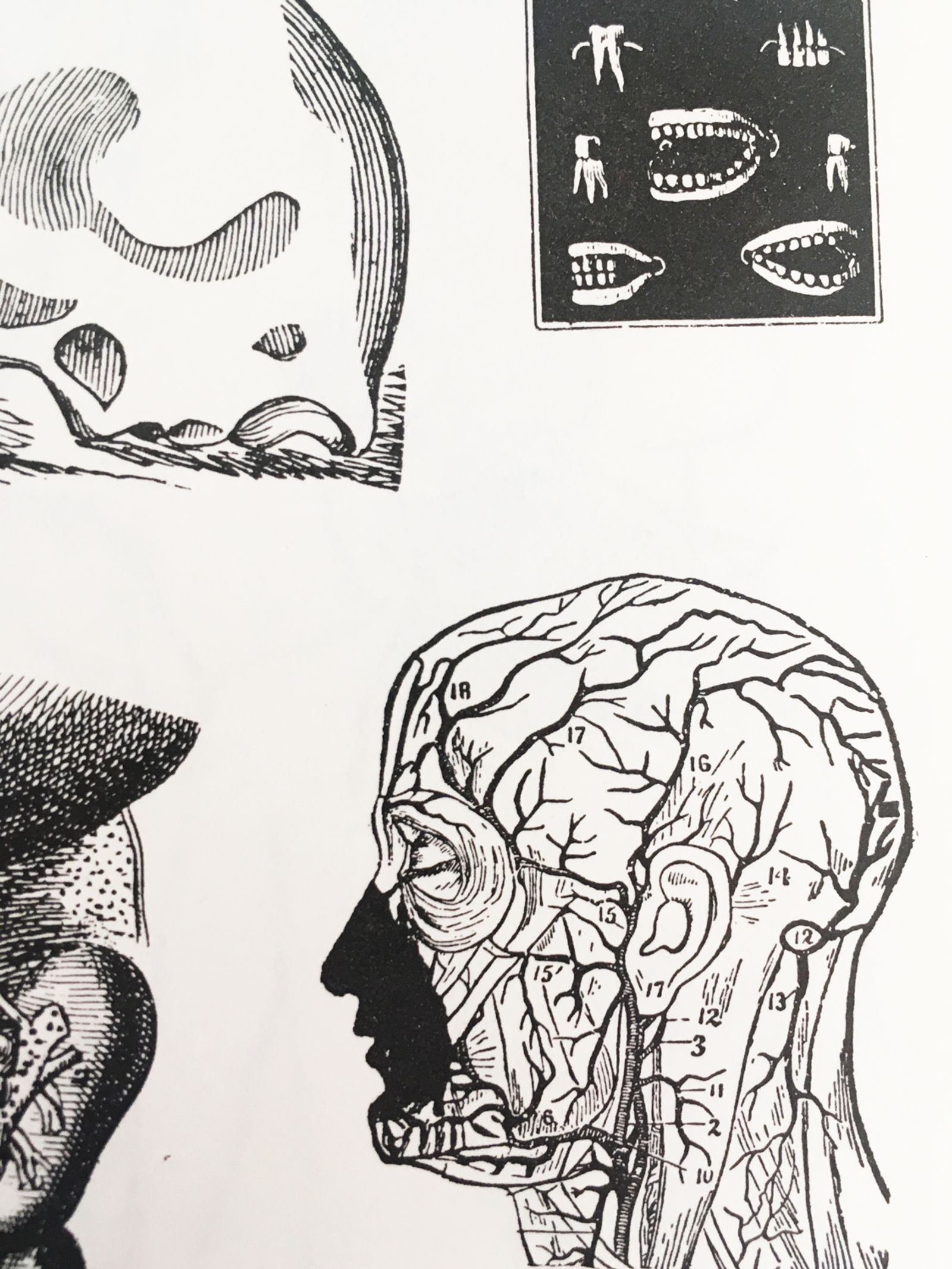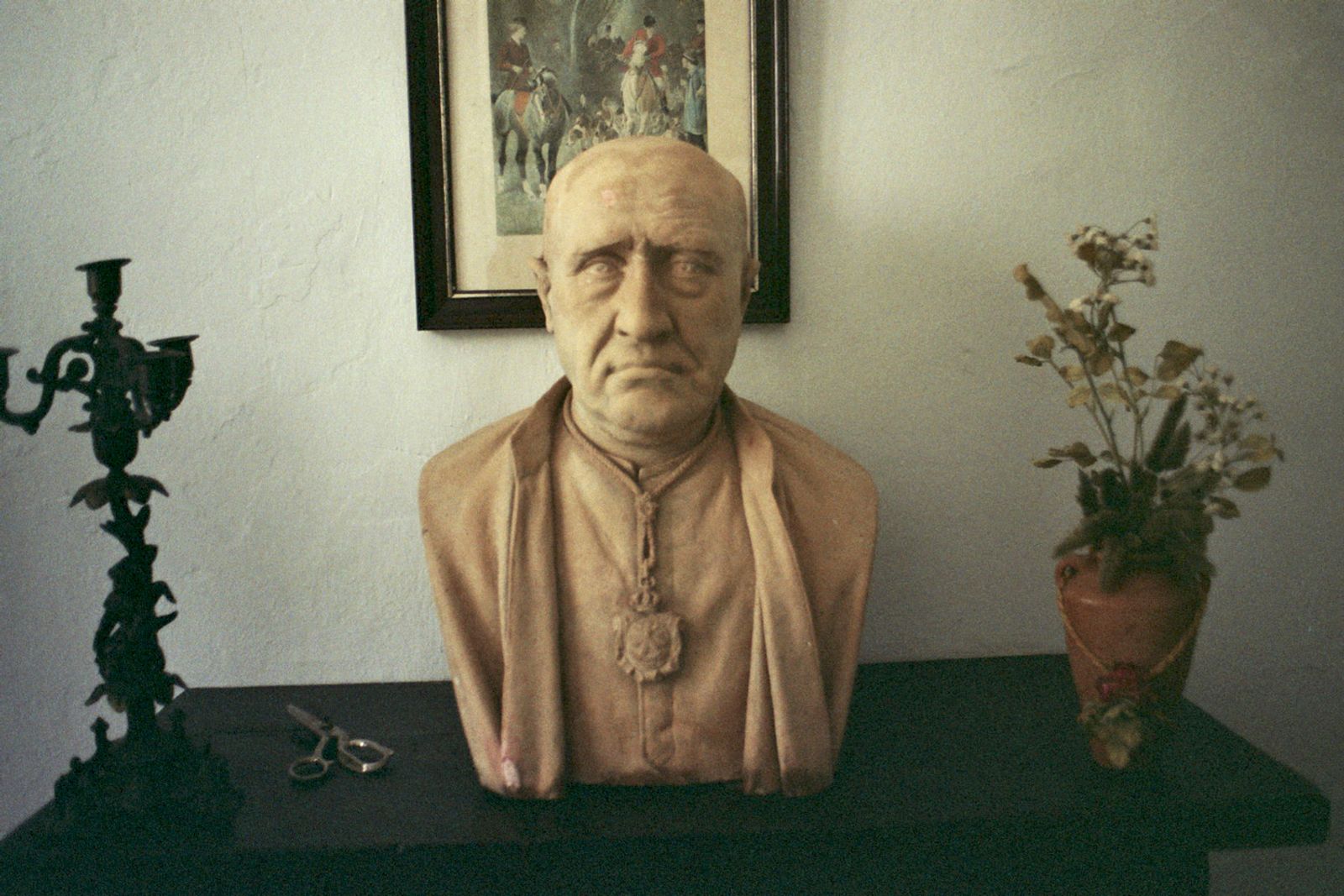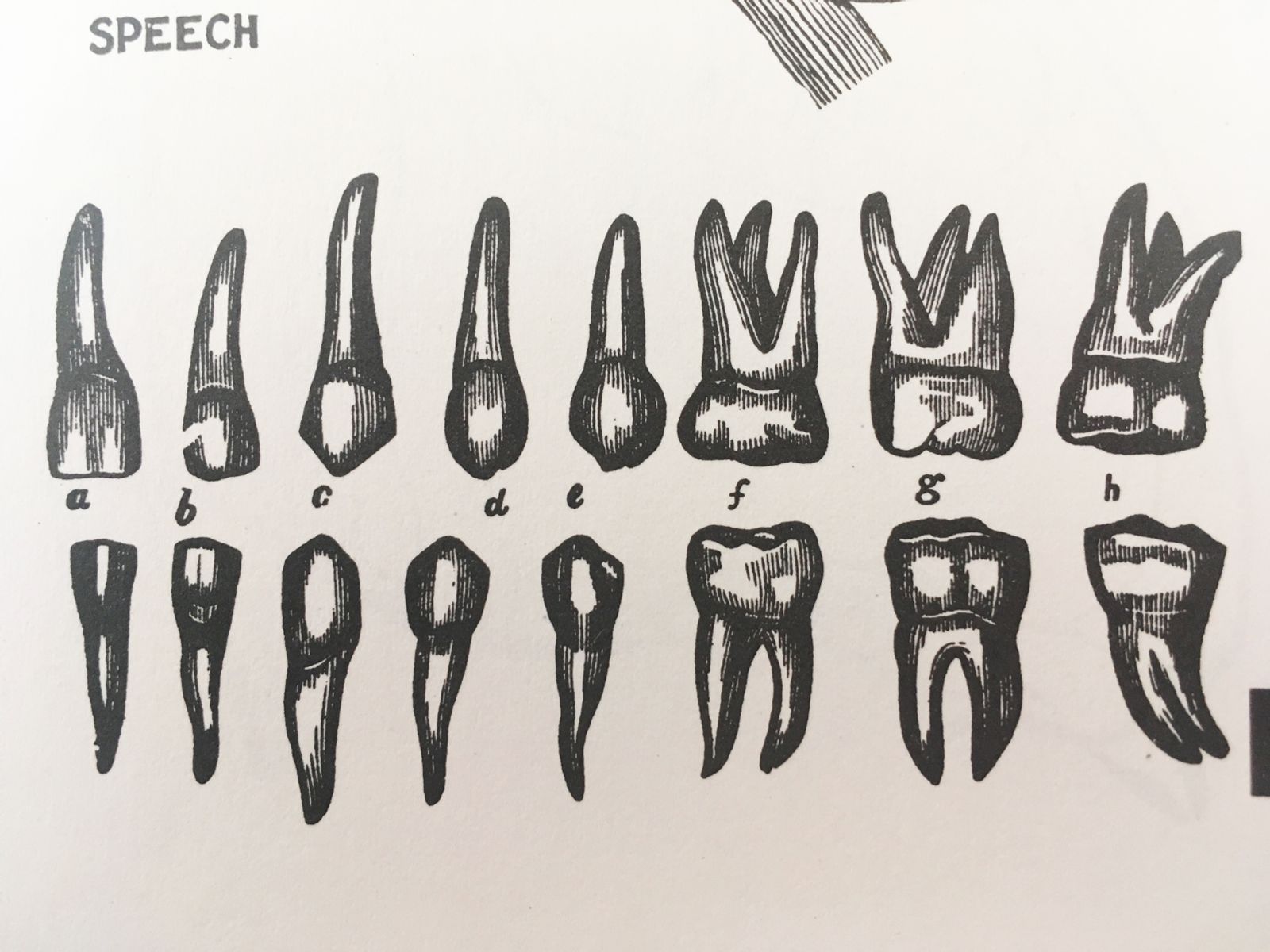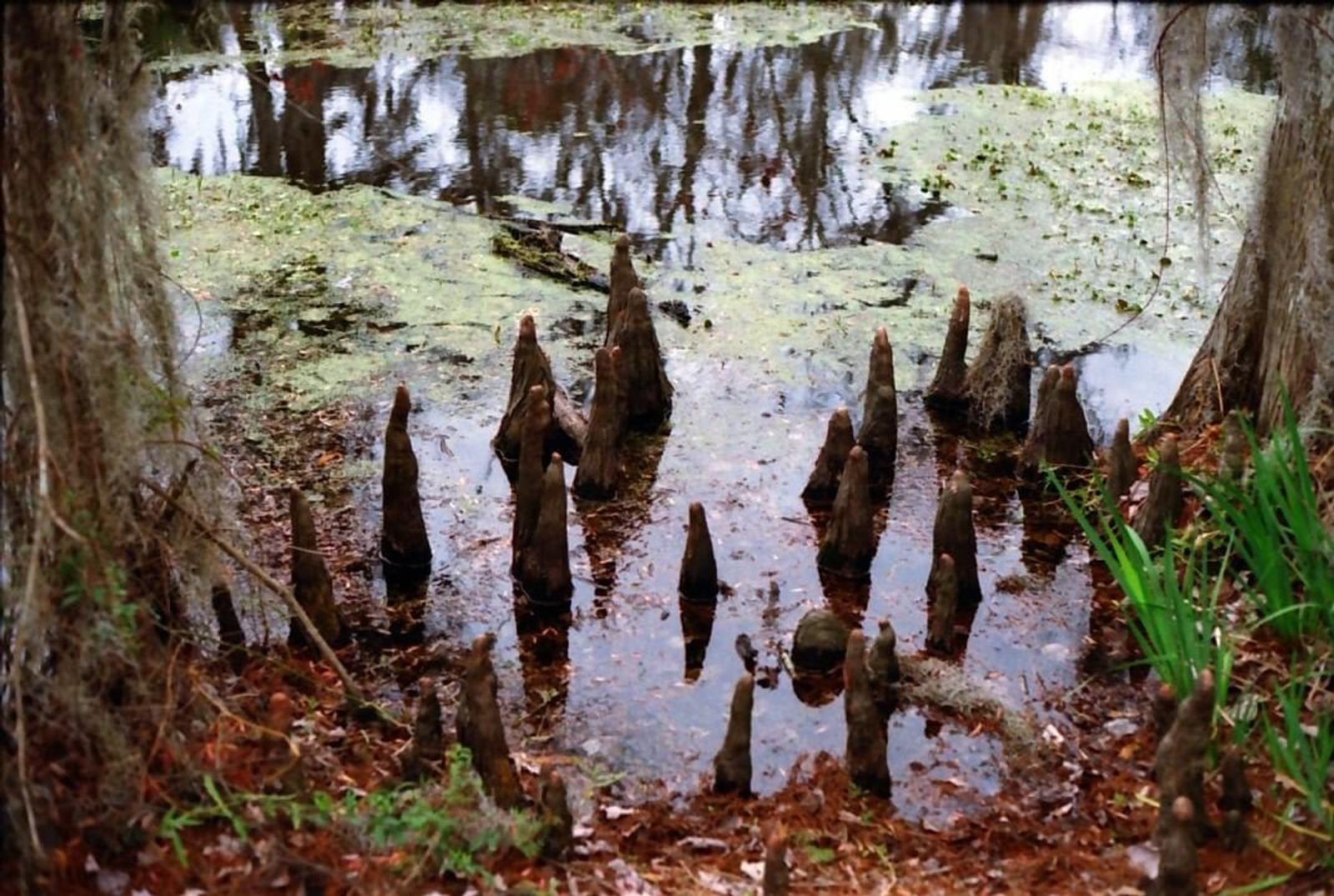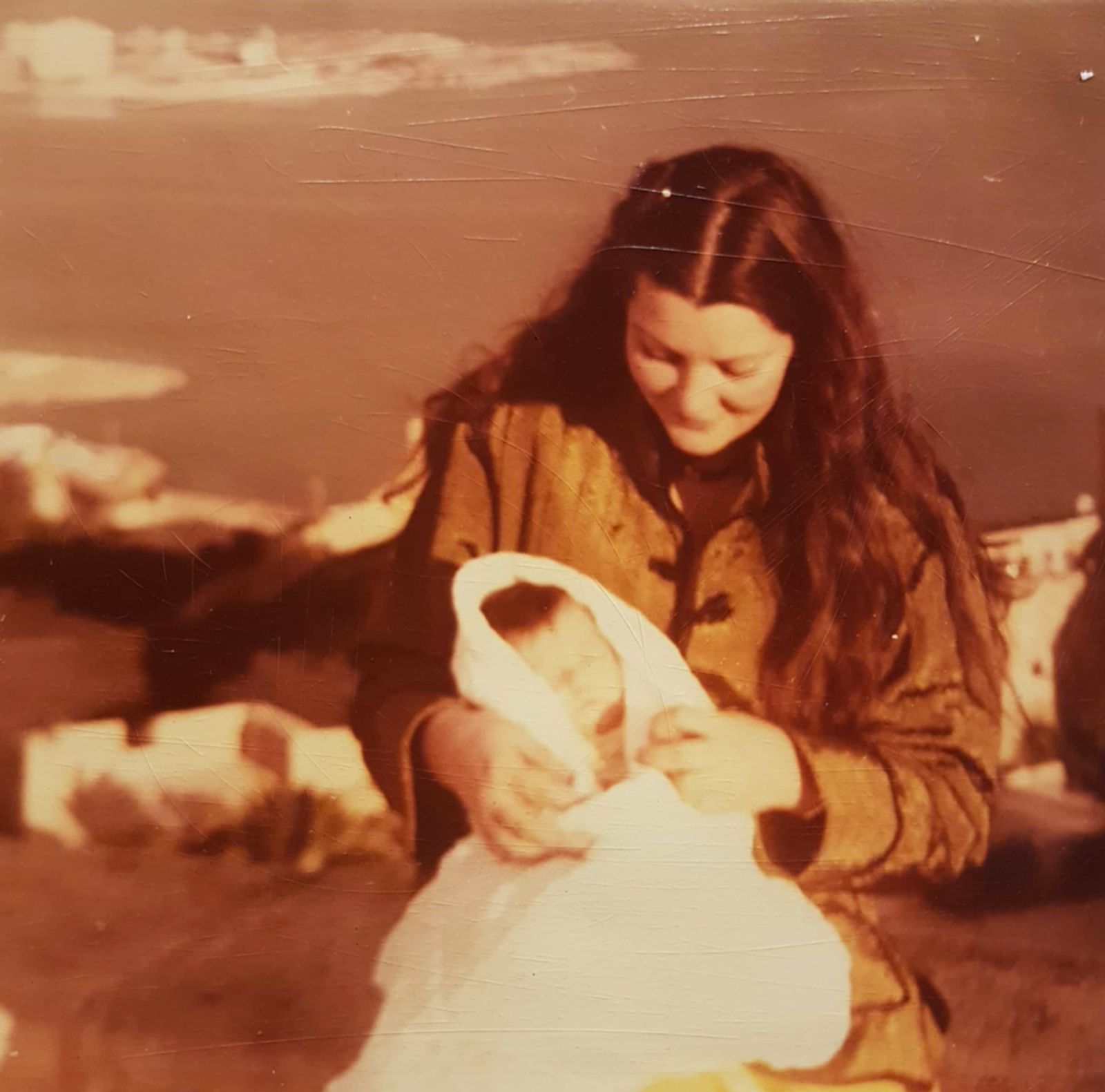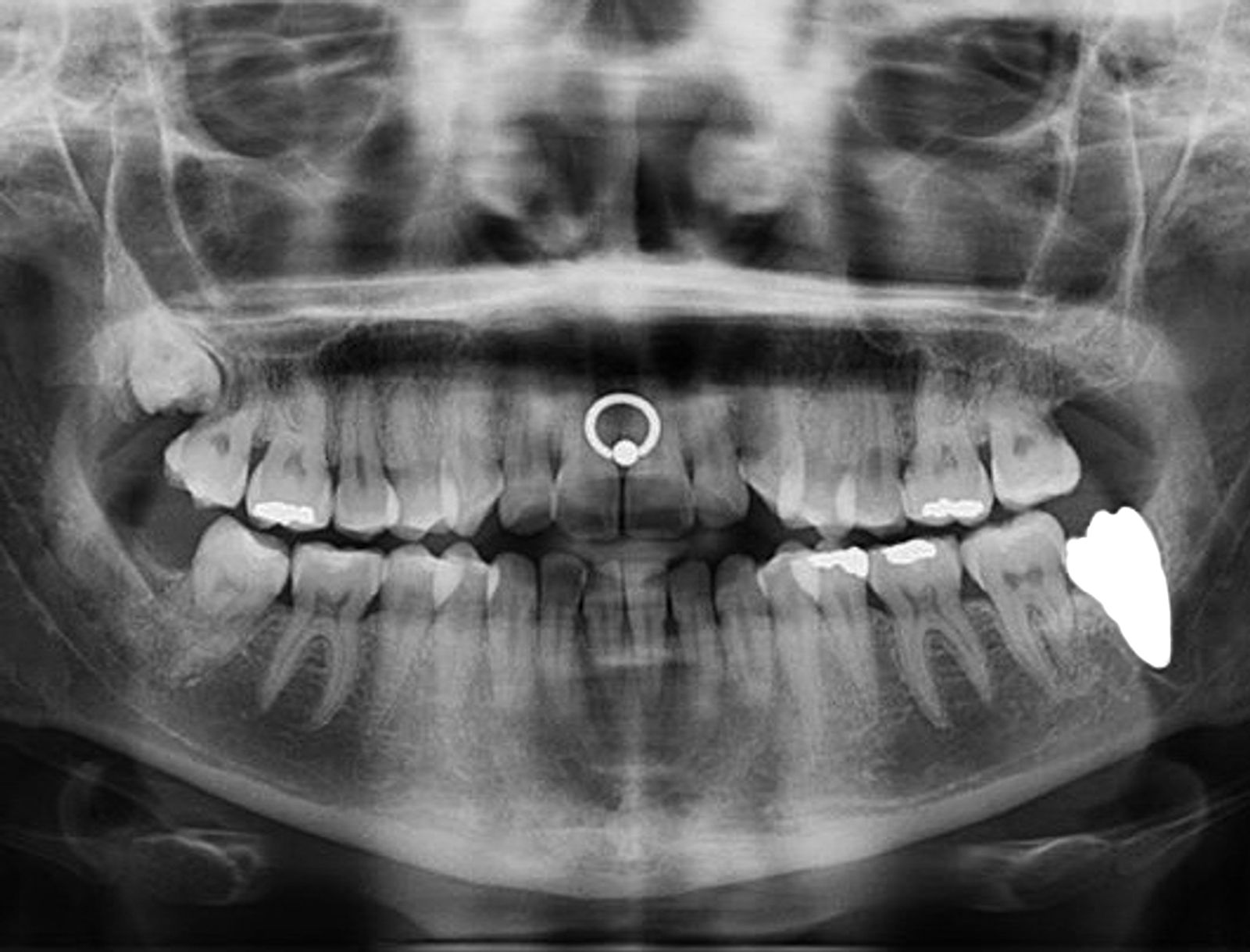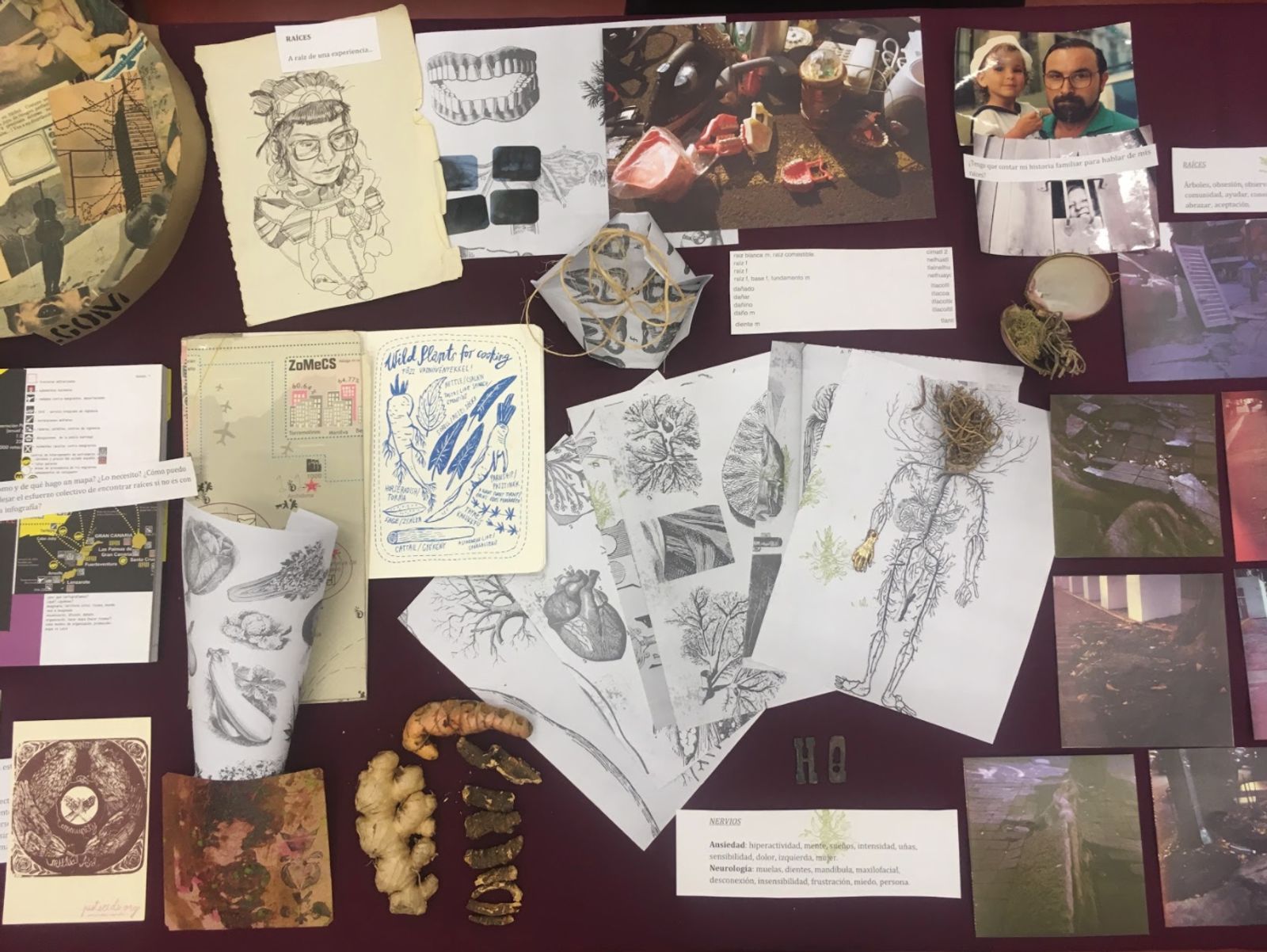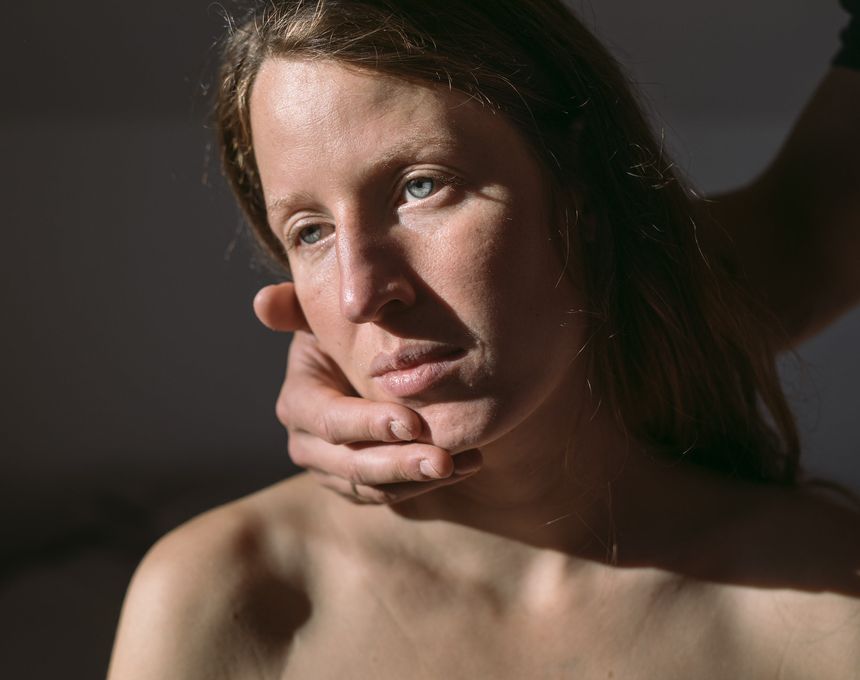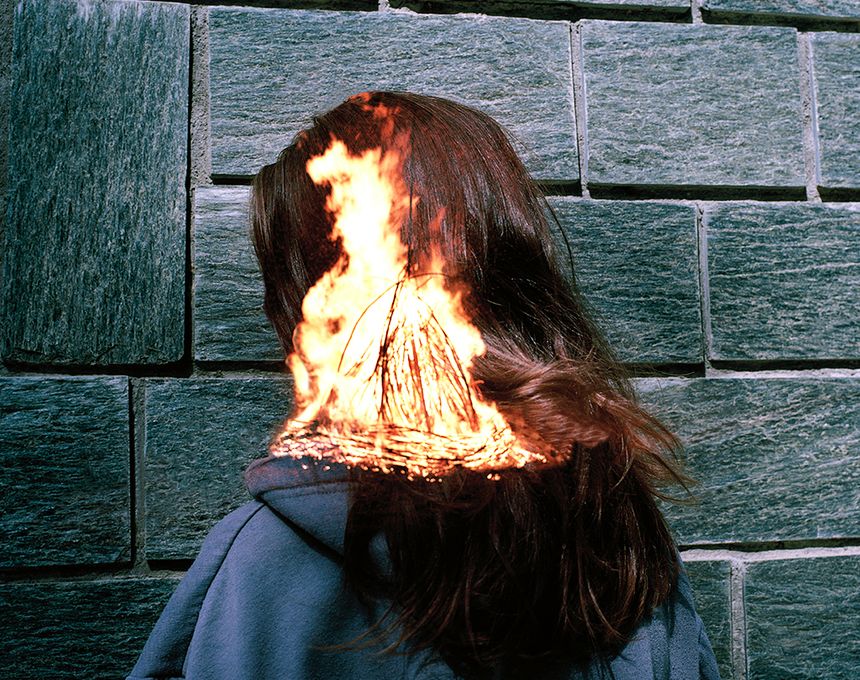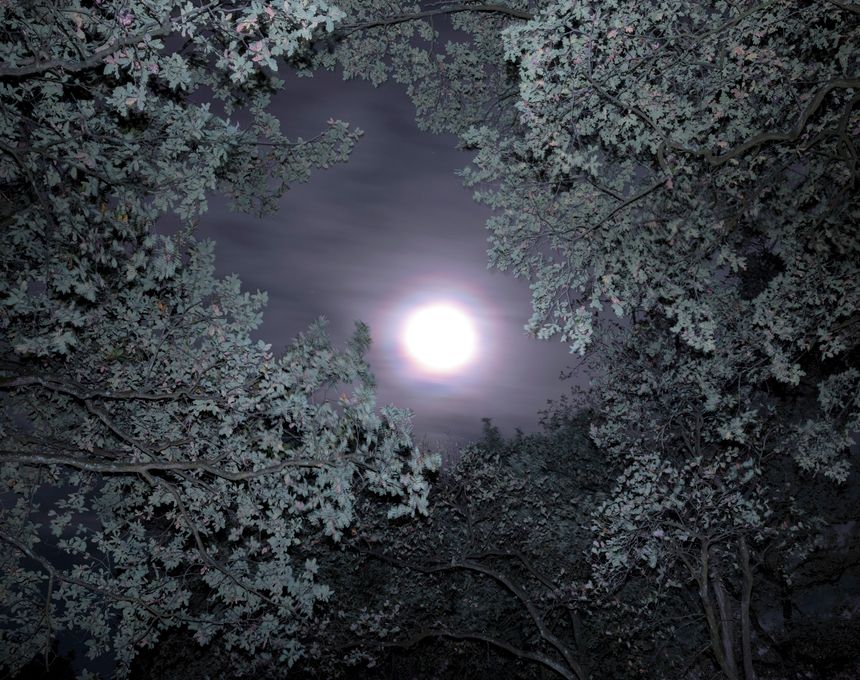RAIZ
-
Dates2019 - Ongoing
-
Author
Last year I started a visual project called Raíz (Root). It was born of the need to communicate a traumatic experience that has left consequences on my body, nothing that others can observe, but a strange feeling that I have permanently. The experiment of telling my own story was a novelty for me:
RADICAL. From French radical, from Late Latin rādīcālis (“of or pertaining to the root, having roots, radical”), from Latin rādix (“root”)
I built the foundations of this project through the representation of the rigidity of the concrete, which breaks with the roots of the trees. The wounds on the streets and like my own wounds.
(A universe of images develops from the roots that break the sidewalks of Mexico City.)
As the project progresses, I understand that my search is not directed to the urbanity of CDMX, but to a fictional space that I relate to a daily reality. I wonder how my story would look like on a map. The maps of space are translated into points of light in the sky, into pyramids that coincide with those star marks and the constellations on my skin.
(Perhaps this map is able to locate my own stories along the streets where I find these trees with rebellious roots.)
By linking ideas through diagrams (the roots of information), I realized that the roots of trees are like the roots of teeth. My trauma has to do with my teeth: in August 2018 a dentist removed my “third molar” (wisdom tooth) and damaged a nerve that made me stop feeling half of my face. Over time, I regained sensitivity in my face, but half of my mouth did not return to normal. Part of my chin and my lips are still asleep - disconnected.
I knew that I wanted to represent this experience artistically, to give this sensation of lack - both physical and ineffable - form. Approaching this project, as a photo-journalist, as I have done with all of my previous projects seemed inappropriate. I didn’t want this story to lose its intimacy, to become disembodied, a merely investigative project illuminating the impunity of doctors in Mexico. The daily experience itself is what I wanted to explore. Almost without realizing in the midst of this process, the memories of my familial roots began to manifest (like the trees that lift the cement) and weave their way into the project.
I began to see a psychologist and told her about my project. She asked me to write about my family: first about my grandparents, then about my parents.
The process hurt, but I understood the connections more and more. (Everything is linked, as the roots of the trees are integrated into the subsoil. They also communicate and, like families, become infected and can be toxic)
The frustration of feeling helpless because of the carelessness of the dentist that damaged me for life, could be compared to the frustration that emanates from family demands, expectations, pressure, and lack of communication.
(What does it mean to have no roots? Or to be rooted in many lands? I am from here and I am from far, and I no longer feel from there when I return.)
Lucía tells me that in the "bio-coding dictionary" teeth represent family, but what does that mean? She also tells me that the left part of the body is related to women of my lineage. What is below my waist is related to myself, from the waist up, to others: my mouth is damaged on the left side.
I keep thinking about the relationship of all this as the metaphors tell my story. And I see hanging on the wall of my apartment a collage that I made three years before all this happened, and where I cut out and pasted the words: "don't-get-your-tooth-pulled."
Past-present-future.
Perhaps what happened was necessary? Perhaps I had already told myself that life had something like this in store for me. Perhaps this project is a way to talk about an injustice without pointing out who does the damage, but by looking inside at who has received it. I had never worked that way, looking at myself, and it is not easy, but this is another way to talk about a reality that many people experience.
The roots are like multi-platform narratives where each element opens different paths: a story has three possibilities, and those three, in turn, another three. What I would have liked to happen? What is the ending? What if I invent several endings?
That is where I am at now.
I have worked on a text that for the moment accompanies these images. The original text is called "Chilcuague". The word chilcuague has its origin in the Nahuatl because this plant was recognized as Chilcoatl (chil for spicy and coatl for the shape of its root that looks like a snake), in the markets it is also known as Aztec root and its effect on the nervous system. Here is the English translation:
"I am scared. I prick myself with a needle but nothing. Adriana says not to worry, that in the next days I will feel my face.
In the meantime, Miguel has to control his pulse to get that fluid from the syringe into the hole I have in my gum.
Grandma called today. Mom says she cried a lot.
Teeth. My teeth.
A nerve, my tooth. My nerves.
Roots. The left part of my body. Always the left side.
Pain. It hurts. I hate this feeling. My lip is still asleep.
Roots. My roots. Maybe they are all damaged.
My lip is still asleep.
Always asleep, like grandmother. My uncle still won't let us see her.
Paraesthesia.
Silence.
Roots.
Roots bursting through sidewalks. They pop them. They burst like I burst when I think of the lies of Adriana Jimenez Moreno.
My mother called me today. She is very sad. She doesn't remember how it was the last time she saw my grandmother. Nor when she stopped feeling her left arm.
Paraesthesia.
Nerves.
No one has answered me for two years.
I feel and I don't feel.
My lip is still asleep.
Ginger, turmeric, anxiety, trigeminal, chilcuague.
Mom doesn't remember exactly what happened to me, but she keeps saying it's going to go away. My father makes jokes about it.
And I, meanwhile, I take photos of roots."
